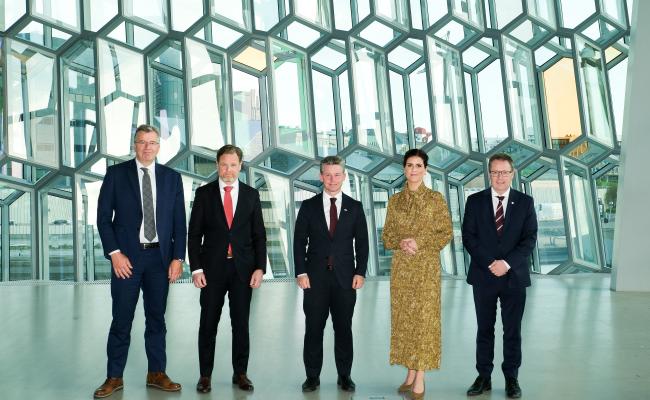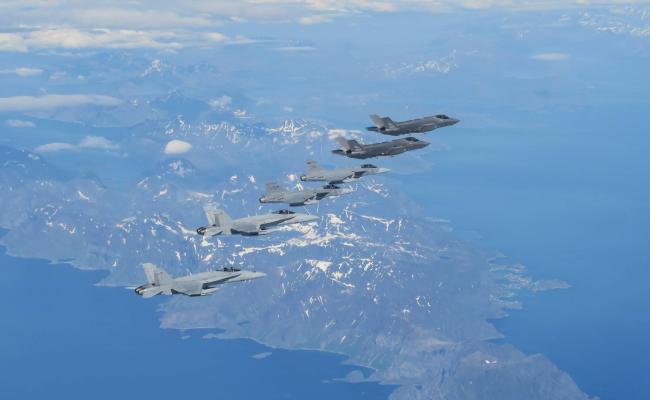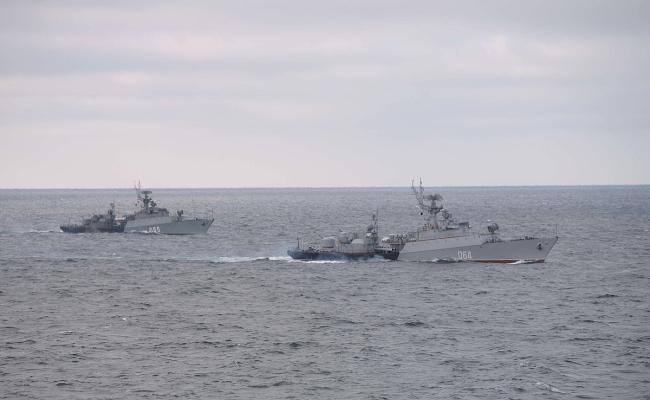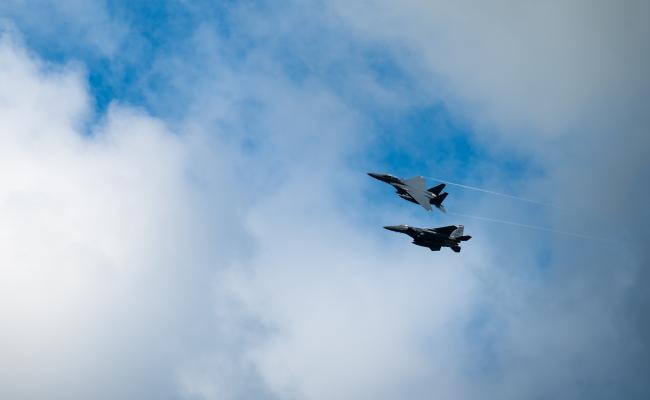Norwegian F-35 Fighters Landed on a Finnish Highway for the First Time
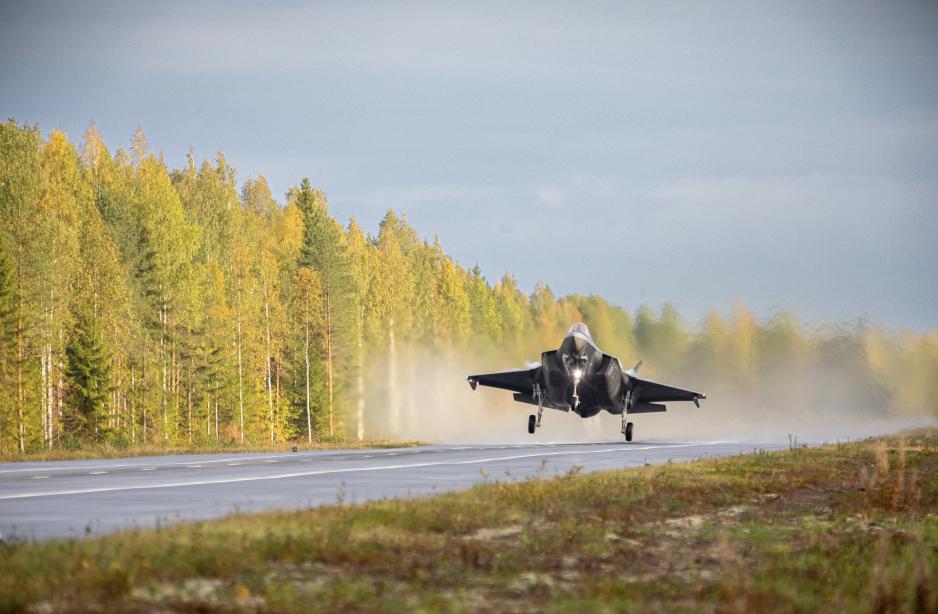
A Norwegian F-35A fighter jet takes off after a touch-and-go landing on a highway in the Finnish forests. Immediately after landing, so-called "hot pit refueling" was carried out – a technique in which the motor runs while the fuel tank is being filled in order to reduce downtime. (Photo: Ole Andreas Vekve/the Norwegian Armed Forces)
On Thursday afternoon, two Norwegian F-35A fighters landed and took off on a highway in Finland. "A milestone for the Norwegian Air Force, the Nordic countries and NATO," says the Chief of the Norwegian Air Force.
After training with Finland's F/A-18 Hornet fighter, two of Norway's F-35A fighters landed for the first time on a Finnish highway on Thursday. This is reported by the Norwegian Armed Forces.
More specifically, this took place in Tervo, North Savo – which is located in central Finland.
“The Air Forces in the Nordic countries have shown great initiative for increased Nordic cooperation and have come a long way. This landing is a very good example of this – and it shows that the Nordic countries soon can operate together as one coordinated force,” says the Norwegian Defence Chief, general Eirik Kristoffersen.
Landing on a highway has also never been carried out before with the F-35A fighter, but the US has done it with some of its F-35Bs.
Concept of dispersal
“This is a milestone, not only for the Norwegian Air Force, but also for the Nordic countries and for NATO. This demonstrates our ability to execute a concept of dispersal. Fighter jets are vulnerable on the ground, so by being able to use small airfields – and now also highways – increases our survivability in war,” Major General Rolf Folland, Chief of the Norwegian Air Force, says.
He points out that Finland's straight and wide highways provide the basis for strengthening the concept of dispersal.
“In addition, this is also a demonstration of the exciting development we have initiated within the military-air cooperation in the Nordic region,” he continues.
Illustrative of this development is also the initiative for a Nordic air operations center. “The idea has been very well received – and we are now looking toward such a center in an Arctic format”, Folland recently told High North News.
Regular Nordic training and practice is also central. Last month, Norwegian, Finnish and Swedish fighters operated together during the Arctic Fighter Meet exercise, which took place from Ørland Air Station in Mid-Norway. And this spring, the large-scale fighter jet exercise Arctic Challenge Exercise was organized across Norway, Finland and Sweden.
Both of the aforementioned exercises were carried out within the framework of the Nordic Defense Cooperation (NORDEFCO).
Combined air force capability
Norway's Minister of Defense Bjørn Arild Gram (Center) also comments on the enhanced interaction between the Nordic air forces.
“The Nordics' future air defense will consist of more than 200 combat aircraft, and it is very good that we are in the process of developing Nordic cooperation on military air operations”, says Gram and continues:
“With Finland's entry into NATO and Sweden's imminent membership, the Nordic countries have a particular responsibility for developing and coordinating NATO's deterrence in the northern regions.”
This was also pointed out by the Minister of Defense at the NATO Military Committee Conference in Norway last weekend (Norwegian only). "Nato in the north" was a central theme in his speech to the 31 allied defense chiefs, as well as the head of the Swedish Armed Forces.


